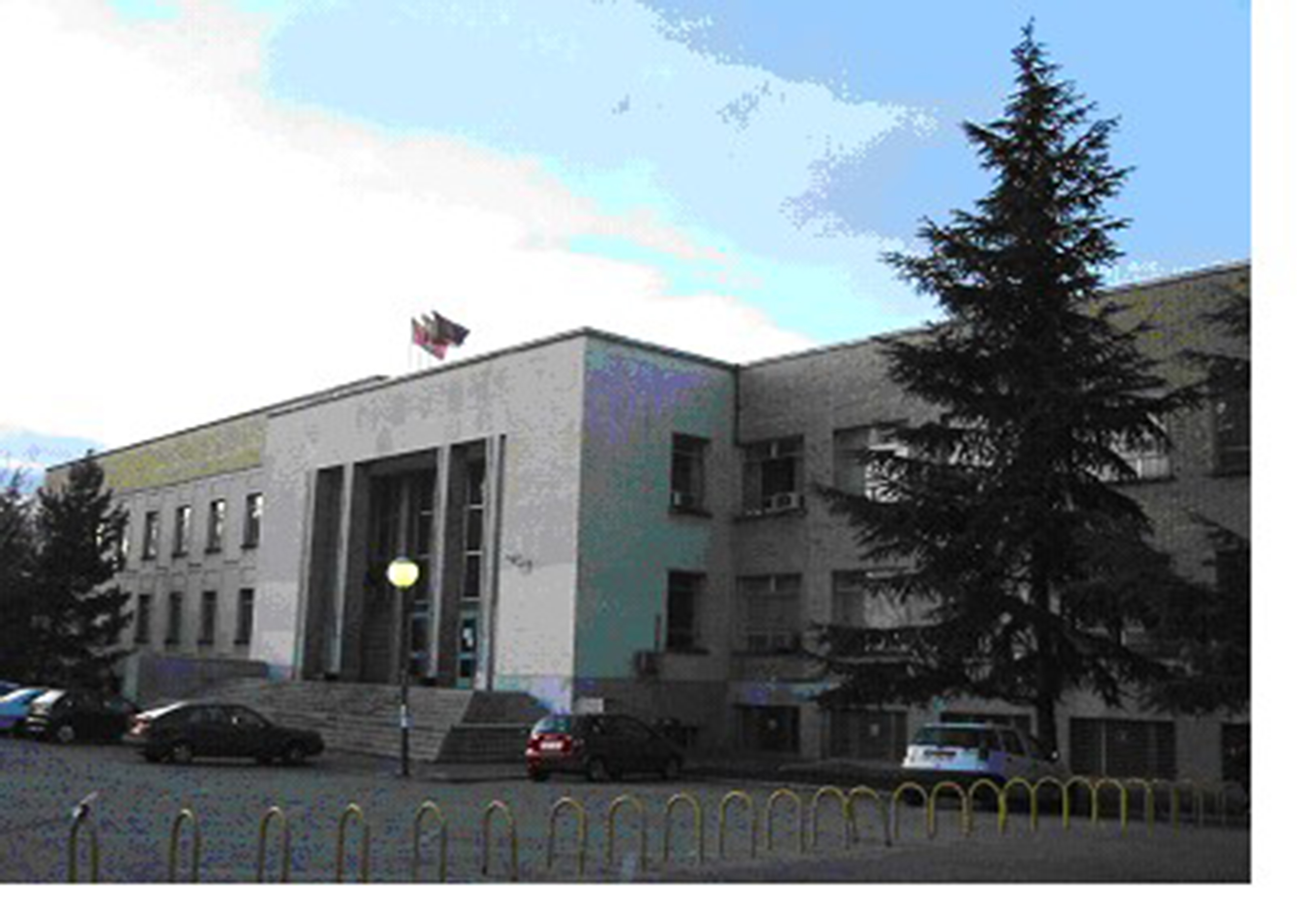Overview
The Department of Fine Arts of the UCM was established in 1978 as a result of the third and final affiliation process, which secured Fine Arts education in university curricula in Spain. The first adherence was implemented between 1857 and 1866, and the second in 1892, the year in which Fine Arts Schools were put under the Dean"s authority in each university.
The conclusive affiliation integrates the pedagogical and creative experience of the San Fernando School of Fine Arts, linked to the Academy of the same name since 1752 (year in which Fernando VI appointed Minister Carvajal as Guardian and President of the institution, establishing its headquarters in the Casa de la Panadería located in the Plaza Mayor in Madrid), and the humanistic, scientific and research tradition of the Complutense University of Madrid (UCM). Modeled after the Alcalá de Henares Estudio de Escuelas Gernerales inaugurated by King Sancho IV of Castile in 1293, Cardinal Cisneros founded the UCM in 1499, which held a Department of Art and Philosophy as early as 1509.
Since then, hundreds of graduates in fine arts, scholars and doctors specializing in art, image, restoration or design have done research in its facilities (see graduate testimonials in the "Alumni" section of this web page). At present, in accordance with the process of joining the European Higher Education Area, the center also offers a BA in Fine Arts (since the 2009-10 academic year), a BA in Design (since the 2011-12 academic year), and a BA in Preservation and Restoration of Artistic Patrimony (since 2011), the Master"s Degree by Research in Creative Art, and the corresponding postgraduate studies.
The Department is a member of the Moncloa Campus of International Excellence, and boasts a highly qualified faculty and specialized research groups. Its facilities adapt to the demands of an integrated and interdisciplinary educational process, which combines traditional resources and techniques with new artistic practices, and the means and technologies that require the different design and conservation applications for the future and content of knowledge societies.


